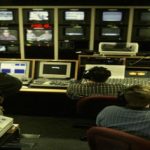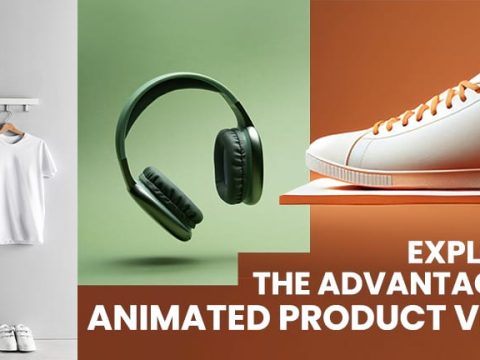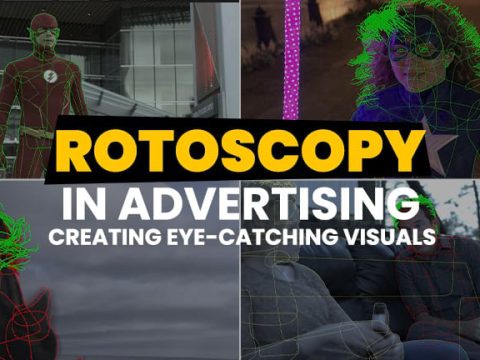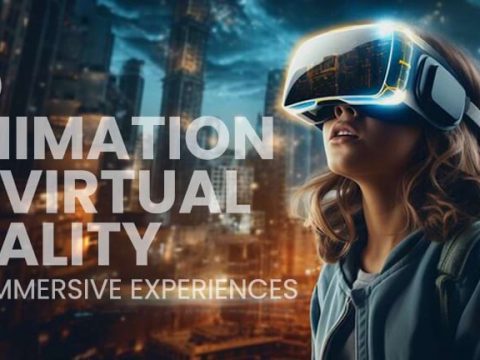As the film, animation, gaming and tech industries get bigger each year and regularly churn out better-than-ever entertainment, there are always new techniques, processes and inventions that are developed and used in the creation pipeline.
Here are 2016’s most exciting animation and motion graphics trends:
- Illustrated animation
Though not exactly a new concept, using hand-drawn illustrations to tell a story instead of artificially creating a CG world is making a comeback. Advertisements, promotional videos and even video games have started to pair their 3D animations and effects with simple yet striking illustrations. Think back to Ice Age, where the story of how the mammoth lost his family plays out on the wall of cave in a flat, stick figure style. Using hand drawn frames to create animation is a great way to make it memorable to the viewer, which is why illustrated animations has and will receive much recognition this year.
- Isometric projection
Rendering a 3D object in a 3D space takes up a chunk of post-production time and costs even more money. So isometric projection, a technique originally used by engineers, has come into play. It is a method that enables three dimensional objects, i.e. those with height, width and length to be represented on a 2D plane. It allows the objects to be easily viewed from a bird’s eye view as the camera moves in a wide angle along the X and Y axes.
The effect, as you can see here, is visually attractive and will be employed by many animation studios in the coming years.
- Liquid motion
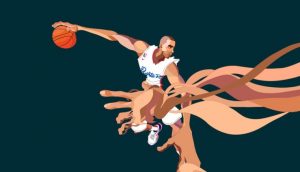
Applicable to both animation and visual effects, liquid motion is a style of animation that steps away from the regular, ‘sensible’ depiction of artificial movement. Instead of using the expected geometric shapes and lines to change from one movement to another, liquid motion creates a fluid transition between the shapes. The outcome is eye catching, often colourful, and enjoyable to the viewer because of the constant and unexpected changes. In traditional animation, liquid motion is often said to have a psychedelic effect but when used in a live action setting as part of VFX, liquid motion animation can create unique results reminiscent of the alien entity in Spiderman 3.
https://www.rocketstock.com/blog/animation-inspiration-liquid-motion/
- NPR
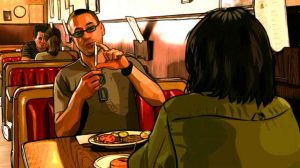
Creating entirely CG, yet highly realistic wild animals (see 2016’s The Jungle Book), and making aliens in outer space look like they actually might exist has now become the norm. While viewing such realistic movies and games is highly enjoyable, Non-Photorealistic Rendering comes as a breath of fresh air for viewers.
NPR is when 3D or even 2D software turns a realistic object into a stylized depiction that can be compared to those appearing in comic books. This is done either by applying a special shading material to the 3D geometry to make it look 2D or by manually painting over the film/image. The 2006 film, A Scanner Darkly is a good example of the latter, which used a combination of Rotoscope and cel shading, two techniques that Toolbox is very well versed in. Watercolour, sketchy and pen and ink drawing are other popular conversion styles.
https://sites.google.com/site/mddn442/research-topics/non-photorealism
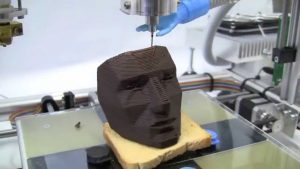
Though 3D printers have become accessible to the public and have been used to create everything from prosthetic limbs to machine parts, the scope of using 3D printed objects in animation or VFX is wide and uncharted. However it is gaining ground as evidenced by Laika’s brilliant 2014 stop motion animation movie Boxtrolls. The production involved using 3D printers to print over 53,000 facial expressions for the characters, which added nuanced but valuable detail to the film. In a similar fashion, VFX studios will begin to take advantage of 3D printed objects in order to bring a tangible realism to the effects.
- VR and AR
The recent commercial release of devices such as Oculus Rift and HoloLens has made VR and AR more easily accessible than before. In the field of gaming especially, consumers have become aware that virtual reality makes gameplay even more immersive and interactive, leading it to become an in demand service. With even smartphones now able to support VR and AR headsets, the hype for a heightened gaming experience will lead to more and more VR targeted games. While there are many other industries that could benefit from an enhanced reality, VR and AR will remain in the gaming arena for the rest of 2016 and early 2017.
From NPR to VR, 2016’s animation trends and VFX trends bring to our screens new and exciting ways of entertainment and marketing. If you’d like to find out how these trends can be employed to help your business, explore Toolbox Studio’s services today.





